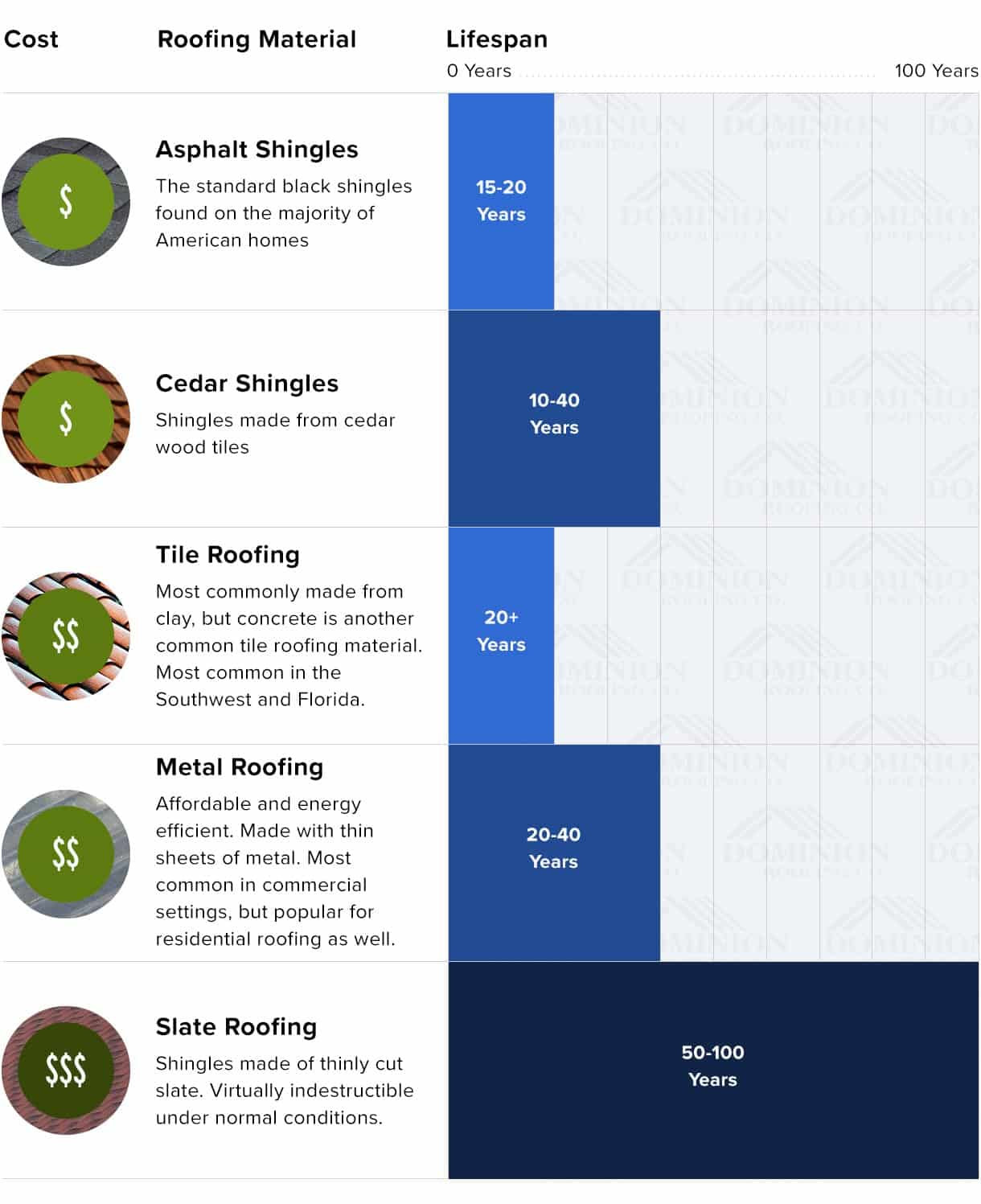Comprehending The Effect Of Climate Conditions On Photovoltaic Panel Performance: Trick Truths To Think About
Comprehending The Effect Of Climate Conditions On Photovoltaic Panel Performance: Trick Truths To Think About
Blog Article
Created By-Kristiansen Austin
When it comes to solar panel efficiency, recognizing exactly how weather conditions come into play is vital. Picture this: your solar panels indulging in the sun's glow, absorbing energy to power your home. Yet what occurs when clouds roll in or temperatures fluctuate? Just how does that effect your energy production? By diving right into the elaborate dancing in between weather condition and photovoltaic panels, you'll discover necessary insights that can assist you take advantage of your renewable energy configuration. Explore the subtleties of sunlight strength, temperature level impacts, and the function of cloud cover and rains in optimizing your photovoltaic panel effectiveness.
Impact of Sunshine Strength
Often, the strength of sunlight can considerably impact the efficiency of solar panels. When the sunshine is solid and direct, your solar panels produce more electricity. Nonetheless, during gloomy days or when the sun goes to a low angle, the panels obtain much less sunlight, reducing their performance. To optimize the energy outcome of your photovoltaic panels, it's crucial to install them in areas with ample sunshine exposure throughout the day. Consider variables like shading from close-by trees or structures that could block sunlight and reduce the panels' efficiency.
To optimize the performance of your photovoltaic panels, on a regular basis clean them to get rid of any dust, dirt, or particles that may be obstructing sunshine absorption. Additionally, make sure that your panels are angled correctly to obtain one of the most direct sunshine possible.
Impact of Temperature Level Modifications
When temperature level modifications take place, they can have a considerable effect on the performance of solar panels. Solar panels function finest in cooler temperatures, making them much more effective on light days compared to incredibly warm ones. As the temperature level raises, photovoltaic panels can experience a decrease in performance because of a phenomenon referred to as the temperature level coefficient. This result causes a decrease in voltage outcome, eventually influencing the total power production of the panels.
Alternatively, when temperatures drop too low, photovoltaic panels can also be affected. Very cold temperatures can lead to a decline in conductivity within the panels, making them much less efficient in generating electricity. please click the following webpage is why it's vital to consider the temperature level conditions when setting up solar panels to optimize their efficiency.
Function of Cloud Cover and Rainfall
Cloud cover and rains can dramatically impact the performance of photovoltaic panels. When clouds obstruct the sun, the amount of sunlight reaching your photovoltaic panels is minimized, leading to a reduction in power manufacturing. Rainfall can additionally influence solar panel effectiveness by blocking sunlight and creating a layer of dirt or gunk on the panels, better minimizing their ability to produce electricity. Also light rain can scatter sunshine, creating it to be less concentrated on the panels.
Throughout overcast days with hefty cloud cover, solar panels may experience a significant drop in power result. Nevertheless, it deserves keeping in mind that some modern-day solar panel innovations can still produce electrical power also when the sky is over cast. Furthermore, rainfall can have a cleansing impact on photovoltaic panels, washing away dirt and dust that may have built up gradually.
To make best use of the efficiency of your photovoltaic panels, it's important to take into consideration the impact of cloud cover and rains on power manufacturing and ensure that your panels are appropriately preserved to hold up against varying weather conditions.
Final thought
In conclusion, weather plays a substantial function in the effectiveness of your solar panels. Maximizing sunlight direct exposure, taking care of temperature adjustments, and keeping an eye on cloud cover and rains are key variables to think about for optimal power generation. Regular maintenance, such as cleansing panels, is essential for keeping peak performance. By understanding exactly how weather impacts your photovoltaic panel performance, you can make educated choices to optimize power result and financial savings.
